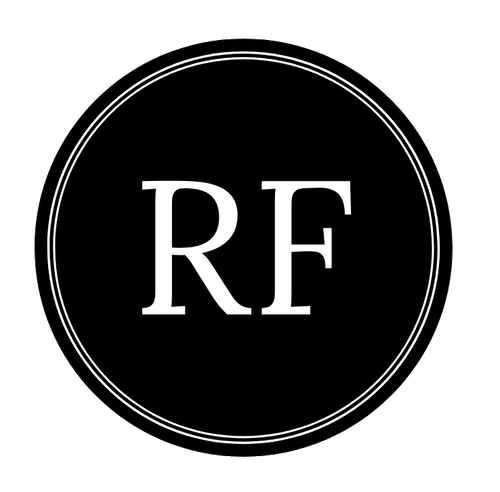This will be our first harvest without the use of a chemical on the entire farm. It looks like most of the combine harvesting will be done in the beginning of August. Yield estimates:
- 70 tonnes malting barley (Laureate)
- 66 tonnes biscuit wheat (Basset)
- 9 tonnes milling wheat (April Bearded)
- 1 tonne milling wheat (Oland)
- 50 tonnes milling oats (Mascani)
- 60 tonnes feed beans (Tundra)
The barley looks great at this stage; very few weeds and big, full ears.
The Basset wheat all volunteered* into a herbal ley**. We are nervous to harvest it since this ground is set aside to rebuild nutrients in the soil, and removing a crop may be detrimental to this. However it will have another year to rest, may benefit from allowing the smaller herbs and clovers to come through, and the prices of wheat are such that, despite low yields, it will cover a lot of our costs for this transitional year.
I am very excited to harvest the heritage spring wheats. I was nervous that we would not find buyers, but it turns out we didn't grow enough, with offers on the table from several enthusiastic millers and bakers, through collaborations formed over the past year.
The oats again are volunteers. They have grown incredibly well and we will harvest them out of intended wildflower crops, and leys. Some will be harvested as a wholecrop by the neighbouring dairy. They will go well in our oat milk for the next year.
The beans and oats were planted together at varying seed rates to explore the benefits of their relationship. The oats are tall and full of grain, and the beans have also done well. They are now gathering a bit of Chocolate Spot fungus so we will see how they get on in the next few weeks. We will harvest them together and separate with the cleaner in the barn.
*Volunteer - unintentionally grown; often as a result of spilt grain from previous harvest.
**Ley - land put down to grass, clover, herbs, etc to rebuild soil health

